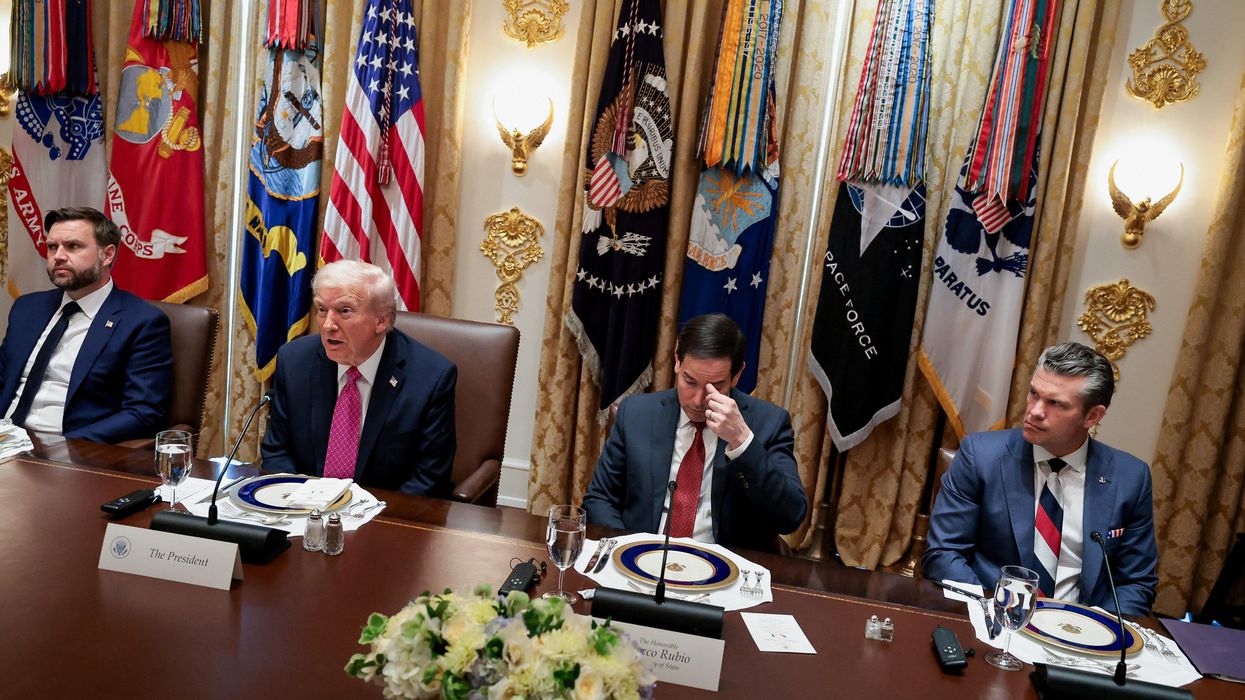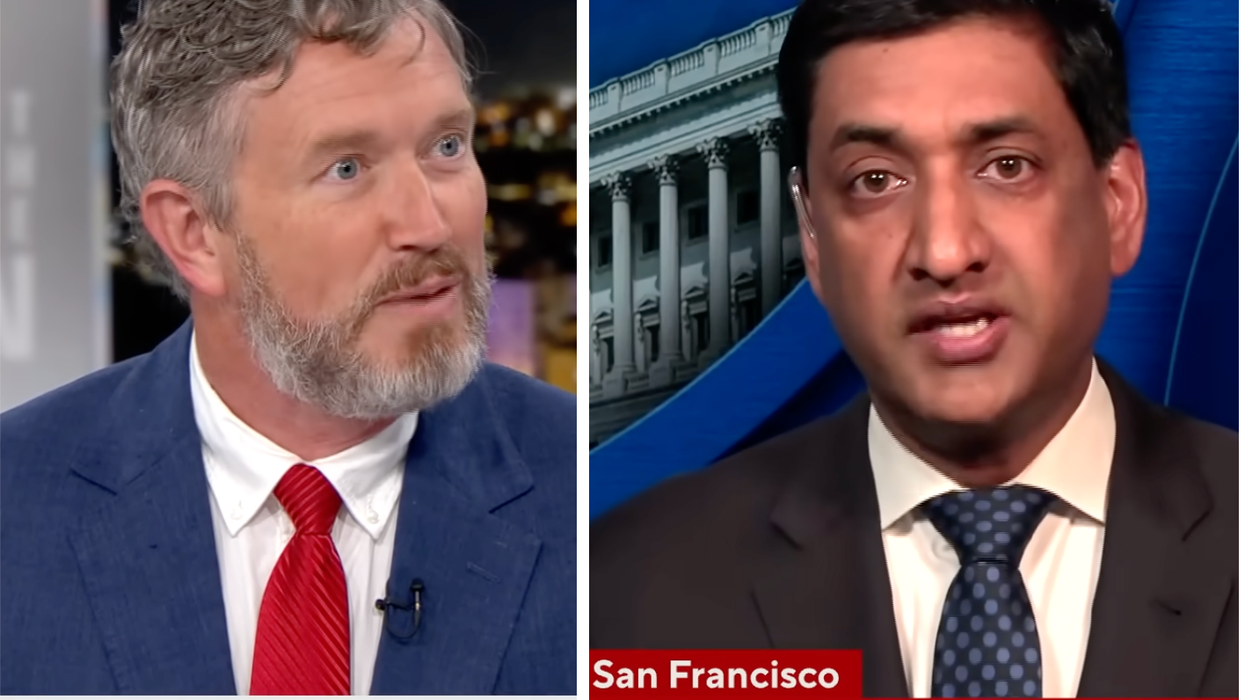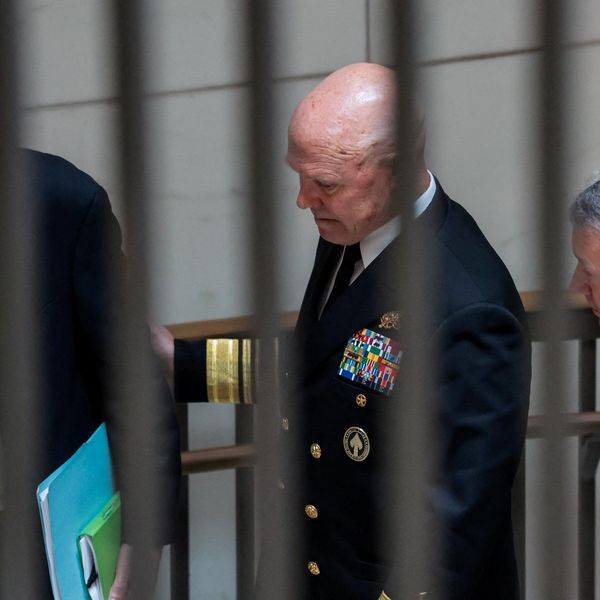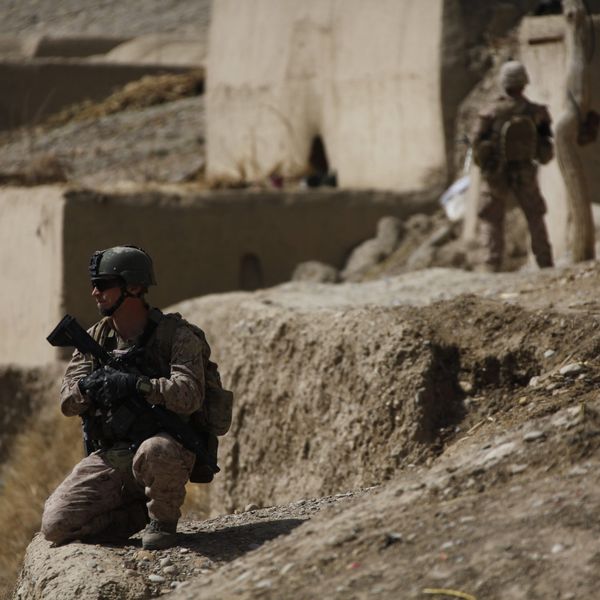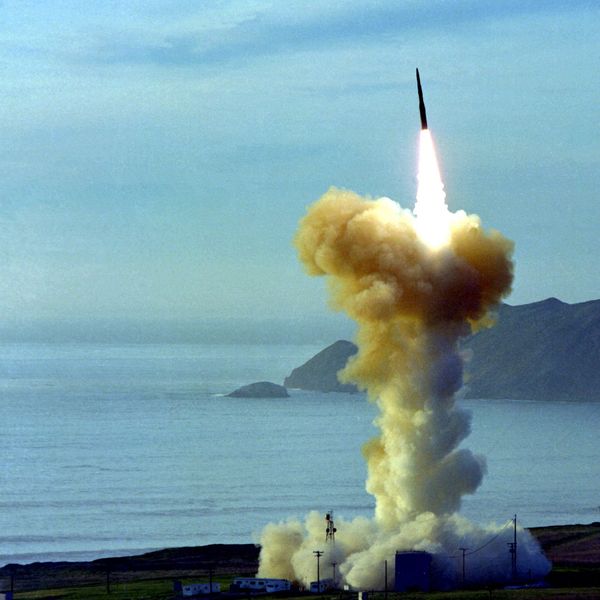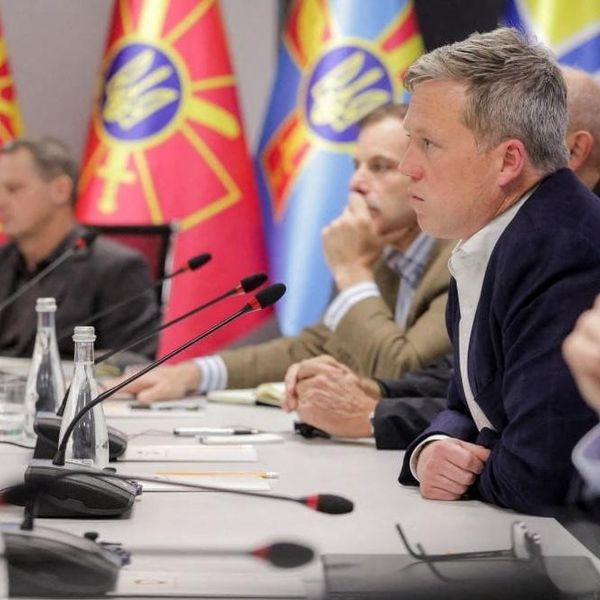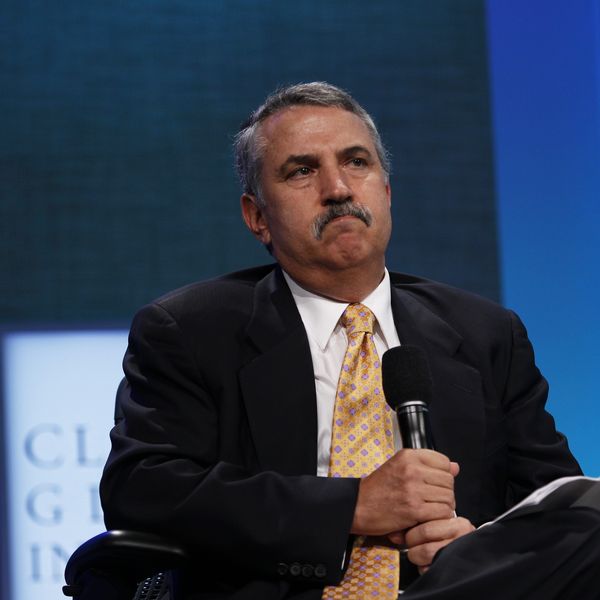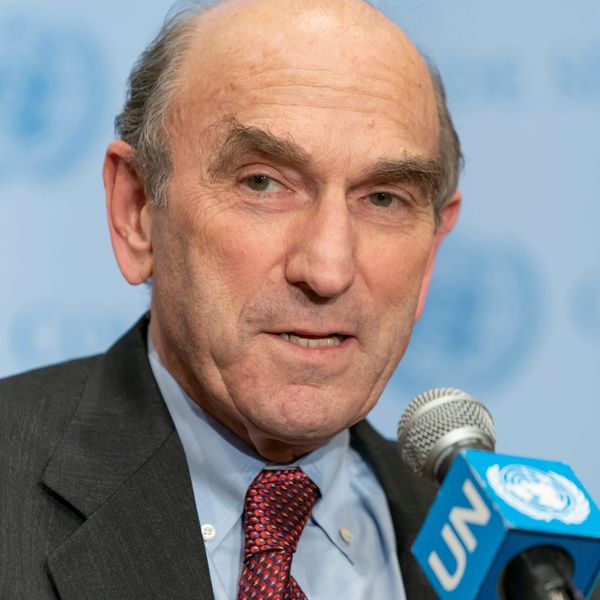Saudi Arabia's efforts to reduce its dependence on oil exports and diversify its economy are creating new patterns of regional partnerships and rivalries. The Kingdom's ambitions to be a regional financial hub for global business and tourism — linked to the core objective of the survival of the House of Saud — are driving it to revisit its long-fraught relationship with Iran.
In the last weeks of 2021, the Organization of Islamic Cooperation met in Islamabad to address the unfolding humanitarian crisis in Afghanistan. As foreign ministers discussed the group’s commitment to the Afghan people, a key development in regional politics unfolded quietly on the summit’s sidelines: Iranian Foreign Minister Amir Hossein Abdollahiyan met with Saudi Foreign Minister Faisal Bin Farhan Al Saud. The meeting in Islamabad was the fifth in a series of direct talks between senior Saudi and Iranian officials.
Saudi Crown Prince Mohammed bin Salman has expressed the hope that “talks with Iran will lead to tangible outcomes to build trust and revive bilateral relations.” Iranian President Ebrahim Raisi said there were no obstacles to resuming “diplomatic ties” with the Kingdom. The Saudi-Iran talks represent a significant development for the two regional rivals that have been fighting proxy wars across the region for more than a decade. This shift in Saudi foreign policy demonstrates the Kingdom's regional political and economic insecurities and its recalibration of ties with the Muslim world. It also signals the key role played by two mediating powers: Pakistan and China.
So, what gives?
Over the past several years, Riyadh has felt stifled economically and politically by its aspiring regional peers, particularly the United Arab Emirates. For the House of Saud, these concerns feel existential, as the monarchy’s survival rests on its ability to secure the nation’s economic and political stability. For the Crown Prince, the proxy war with Iran in Yemen stands as a significant obstacle to becoming a regional financial hub.
To diversify the KSA’s economy, Mohammad Bin Salman announced his “Vision 2030” project in 2016 — an ambitious multi-trillion-dollar plan intended to spur social and economic reform throughout the country. A key to Vision 2030 is developing the Saudi tourism industry, which has been crushed by COVID-19 and long eclipsed by Dubai. The pandemic resulted in a 45 percent decline in religious tourism, a drop of $28 billion in revenues in 2020.
More recently, Saudi Arabia has felt outmaneuvered by its neighbors politically and diplomatically. The Emirates, notably, are playing an increasingly prominent role in regional diplomacy, having normalized relations with Israel. The UAE continues to cultivate its far-reaching soft power with Turkey and is reshaping the geopolitics of the Horn of Africa. Meanwhile, KSA has been pre-occupied with its expensive war in Yemen, where military campaign against Iranian-backed Houthi rebels has cost an estimated $265 billion.
Traditionally, the Kingdom may have looked towards the United States and the West for support. However, the 2018 assassination of Jamal Khashoggi created a significant image problem for KSA and impeded MBS’s ability to strengthen ties with both the Trump and Biden administrations. With Washington turning away from the Middle East, it is becoming clear to Riyadh that the United States will not provide the same virtually unconditional support it had once offered the Kingdom.
While Saudi Arabia could, in theory, also develop its relationship with Israel, that proposition seems unlikely in light of longstanding Saudi demands “for ending the occupation of all Arab lands occupied by Israel in 1967.” Not to mention that the Saudi public itself would never accept a full rapprochement with Tel Aviv, instead they perceive Israel to be the greatest threat to regional security. Therefore, Riyadh has recognized that it must increasingly appeal to the broader Muslim world. However, it cannot do so if it remains as hostile to Iran as in the recent past.
Flirting with the enemy
Just two years ago, Saudi Arabia, which has long dominated the OIC, barred Iran from an OIC meeting in Jeddah by refusing to issue visas for its delegation. When the Kingdom severed diplomatic relations with Iran in 2016, the OIC issued a strongly worded resolution in support of Riyadh, condemning Tehran for meddling in regional affairs and supporting terrorism.
Such animosity has long been characteristic of relations between the Kingdom and Iran, whose rivalry has historically divided the Middle East into two distinct, competing factions. However, the most recent meeting in Islamabad represents the potential warming of relations in line with broader Saudi strategic goals. Whereas the Saudis once recoiled at the idea of cooperating with Iran, they may be slowly concluding that rapprochement with Tehran is in the Kingdom’s best interest for gaining regional prominence. Most importantly, cooperation between Riyadh and Tehran would give them greater control over oil prices as they account for 35.5 percent of the OPEC oil reserves. Stable oil prices are critical for economic stability of these two countries. Both powers, whose regimes are dependent on economic stability for their survival, have something to gain from intensifying their tentative detente into 2022.
China plays matchmaker
Riyadh and Tehran’s rapprochement would significantly shake up the region’s existing political order, creating its own set of winners and losers. The United States would have much to lose, while China would have much to gain.
As the United States attempts to implement its “Pivot to Asia” strategy and disentangle itself from the Middle East, China has seized this moment as an opportunity to build its influence in the region. It has done so through various economic, military, and diplomatic means, including striking ballistic missile deals with Saudi Arabia and signing a 25-year cooperation agreement with Iran. By all measures, the two rivals increasingly resemble one another in their mutual affinity for Beijing.
Given that KSA and Iran are China’s leading trade partners in the Middle East, stability between the two rivals would be advantageous to Beijing’s dealings in the region. For this reason, China, along with Pakistan, plays a vital role in facilitating Saudi Arabia’s detente with Iran. After all, continued talks between Iran and Saudi Arabia correspond with Beijing’s broader five-point plan for the Middle East, in which it encourages “political resolution to hotspot issues, and promoting peace and stability in the Middle East.”
Notably, China, which attended the most recent OIC summit, appointed its first representative to the Organization’s Committee of Permanent Representatives this past June. In the past China has demonstrated interest in obtaining Observer status to the OIC. Months after the appointment of Ambassador Chen Weiqing, the Iranian foreign minister spoke over the phone with OIC Secretary-General Yousef Al-Othaimeen for the first time in four years. (Al-Othaimeen previously served as the Kingdom’s Minister of Social Affairs.)
These small yet significant steps towards Saudi-Iranian rapprochement coincide with Beijing’s efforts to transcend traditional rivalries and challenge U.S. hegemony in the region. If the Biden administration wants to maintain a level of influence in the region, it is becoming increasingly clear that it cannot allow the region to become a theater for fierce, great-power competition in which it forces Middle Eastern states to choose between itself and Beijing.
The road ahead
The two states will likely continue to improve ties in the new year, as it is in the interest of both Riyadh and Tehran. For the Iranian regime, which is estimated to be running a $1 billion monthly budgetary deficit, its worsening economy may further incentivize a rapprochement with the KSA. Moreover, for Saudi Arabia, the alternatives are limited for achieving its economic goals. Riyadh is already feeling the crunch of plunging oil revenue as the pandemic exacerbates the decline of the Arab oil age. According to Capital Economics, the Kingdom once accounted for nearly 30 percent of global oil exports; today that figure has fallen to around just 12 percent. Saudi Arabia’s $444 billion in reserves would cover just two years of spending at its current rate.
If the Kingdom’s Vision 2030 goals fall flat, it would be potentially disastrous for the Crown Prince and the Saudi economy. If 2021 was any indication, a Saudi-Iranian detente is not only imminent but vital for the two rivals.


